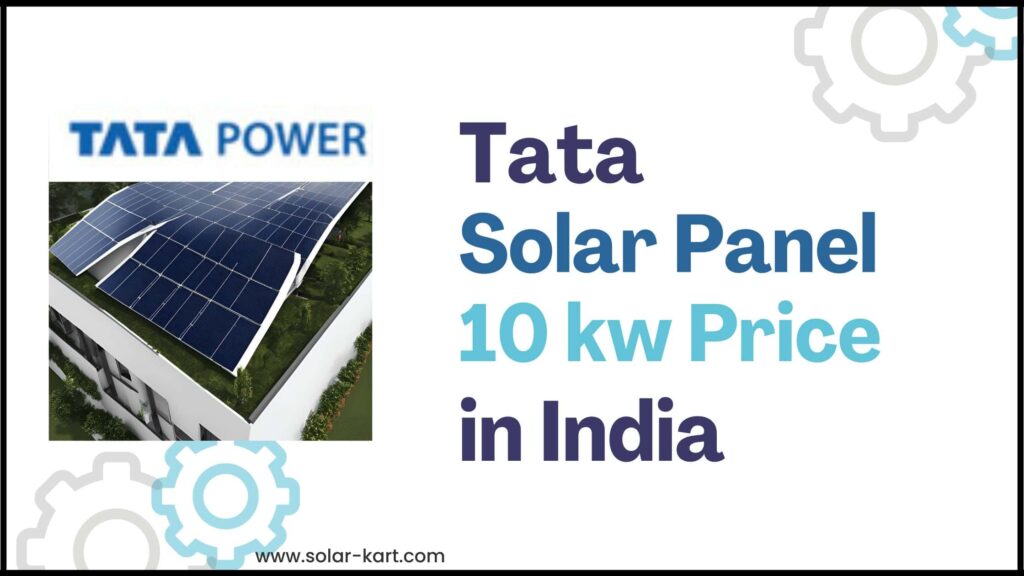Solar panels are becoming a popular choice for generating clean and renewable energy. This is the best way to use the sun’s power and convert it into electricity. But how exactly do solar panels work? In this blog, we’ll break down the process in simple terms, covering the basics of how does solar panel work, their components, and the benefits of using solar energy.
The Basics of Solar Power:
Solar power is energy from the sun that is converted into thermal or electrical energy. Solar panels, also known as photovoltaic (PV) panels, are the devices used to capture and convert sunlight into electricity. This electricity can then be used to power homes, businesses, and even vehicles.
How Solar Panels Work: Step-by-Step
1. Sunlight Hits the Solar Panels
Solar panels are made up of many small units called solar cells. These cells are typically made of silicon, a semiconductor material. When sunlight hits the solar panels, it hits these solar cells, initiating the process of generating electricity.
2. Photons Knock Electrons Loose
Sunlight is composed of tiny particles called photons. When these photons hit the silicon solar cells, they transfer their energy to electrons in the silicon atoms. This energy transfer causes the electrons to become “excited” and knocks them loose from their atoms.
3. Creation of an Electric Field
Solar cells are designed with a positive layer and a negative layer, creating an electric field at the junction between the layers. This electric field acts like a diode, allowing electrons to flow in one direction. As the electrons are knocked loose, the electric field pushes them toward metal conductive plates on the sides of the cell.
4. Flow of Electrons Creates Current
The movement of electrons towards the conductive plates generates a flow of electric current. This direct current (DC) electricity is then captured by the wiring in the solar panels.
5. Conversion to Usable Electricity
While solar panels generate DC electricity, most homes and appliances run on alternating current (AC) electricity. To make the electricity usable, it needs to be converted from DC to AC. This is done by a device called an inverter. The inverter takes the DC electricity from the solar panels and converts it into AC electricity, which can then be used to power your home or be fed back into the electrical grid.
Components of a Solar Panel System:
Here’s a chart describing the components of a solar panel system:
| Component | Description |
|---|---|
| Solar Panels | Convert sunlight into electricity using photovoltaic cells. |
| Inverter | Converts direct current (DC) from solar panels to alternating current (AC) for home use. |
| Battery | Stores excess energy generated for use during non-sunny periods. |
| Charge Controller | Regulates the voltage and current coming from the solar panels to the battery. |
| Mounting System | Holds the solar panels in place on roofs or ground, ensuring optimal sun exposure. |
| Electrical Wiring | Connects the entire system to transfer electricity efficiently. |
| Monitoring System | Tracks the performance of the solar panel system for maintenance and efficiency. |
This chart gives a concise overview of the essential components and their functions within a solar panel system.
Benefits of Using Solar Panels:
Here’s a short chart that points out the benefits of using solar panels:
| Benefit | Description |
|---|---|
| Reduces Electricity Bills | Generates free power from the sun, lowering energy costs. |
| Eco-Friendly | Uses renewable energy, reducing carbon footprint. |
| Low Maintenance | Requires minimal upkeep after installation. |
| Energy Independence | Reduces reliance on the grid for power. |
| Increases Property Value | Solar installations can boost home resale value. |
This chart provides a quick look at the key benefits of solar panels.
1. Reduces Electricity Bills:
Solar panels lower your electricity bills by generating free power from the sun. More savings, less spending—it’s a win-win!
2. Eco-Friendly:
Using solar panels helps reduce your carbon footprint, making your home eco-friendly. It’s a simple way for you and me to contribute to a cleaner planet.
3. Low Maintenance:
Once installed, solar panels need very little maintenance—just occasional cleaning. They’re convenient and hassle-free.
4. Energy Independence:
Solar panels make you less dependent on the power grid. You can still have power during outages by using stored energy.
5. Increases Property Value:
Homes with solar panels often sell for more, making them a great investment if you ever decide to move.
Conclusion
So, now you know how solar panels work. It’s pretty amazing, right? Sunlight turns into electricity to power your home. The panels collect the sun’s energy, and the inverter makes it usable. It’s simple but powerful. And it all happens right on your roof. If you’re thinking about solar, remember: it’s clean, it’s efficient, and it’s a great way to use the sun to power your life.



